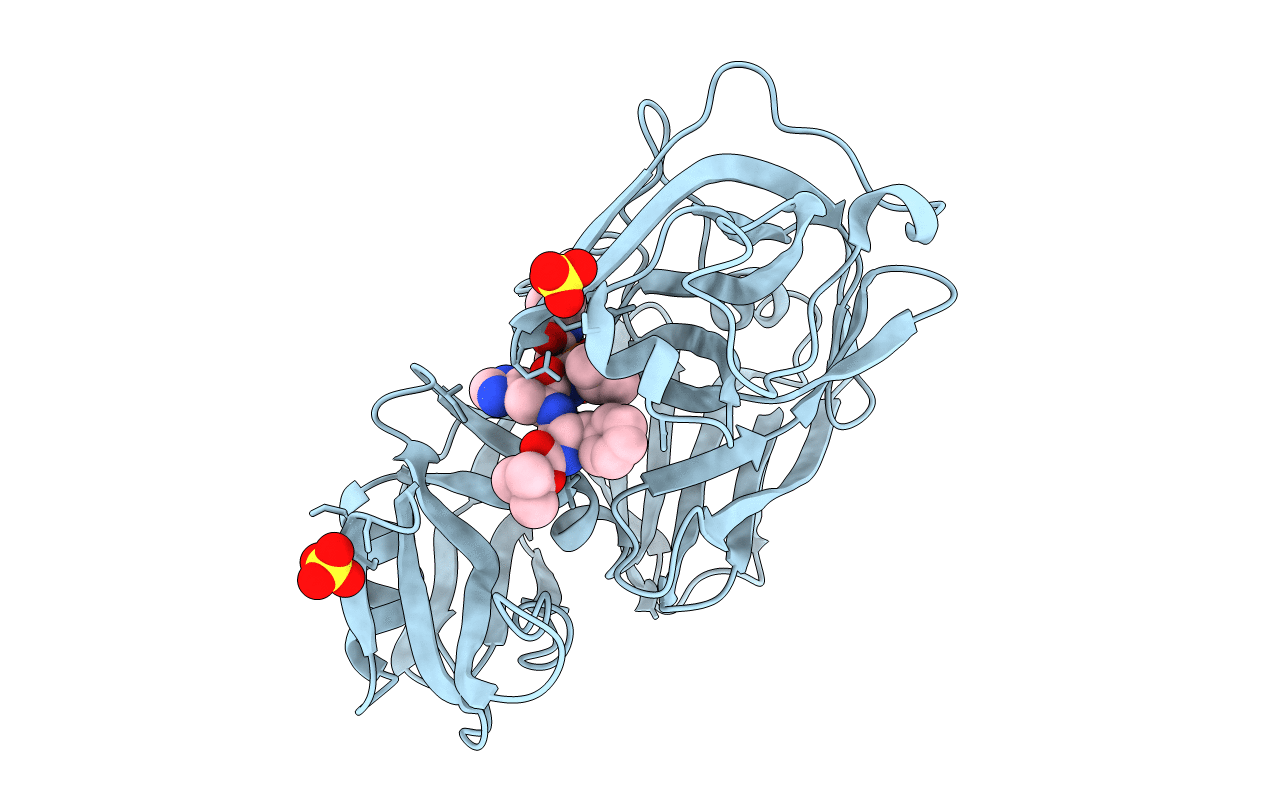
Deposition Date
1992-03-11
Release Date
1994-01-31
Last Version Date
2024-10-30
Entry Detail
PDB ID:
1ENT
Keywords:
Title:
X-RAY ANALYSES OF ASPARTIC PROTEINASES. THE THREE-DIMENSIONAL STRUCTURE AT 2.1 ANGSTROMS RESOLUTION OF ENDOTHIAPEPSIN
Biological Source:
Source Organism:
Cryphonectria parasitica (Taxon ID: 5116)
Method Details:
Experimental Method:
Resolution:
1.90 Å
R-Value Observed:
0.17
Space Group:
P 1 21 1


